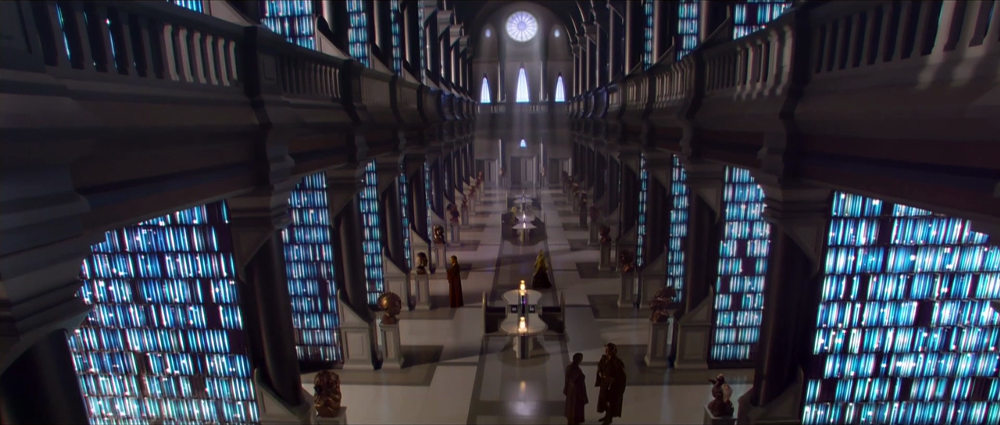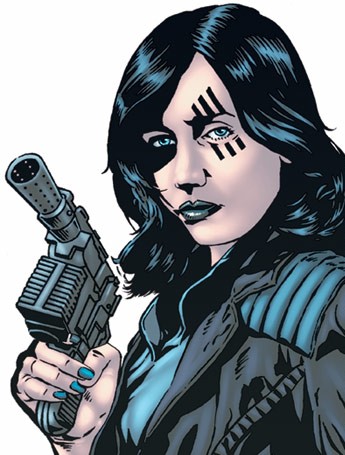One of the many things that drew me into the Star Wars universe was the detailed worldbuilding. For many of us, we started by seeing Tatooine and the idea of a fully desert planet with two suns, and then saw the coldly artificial Death Star and then the vibrantly alive jungles of Yavin IV. The prequels brought us Coruscant and many other worlds, and we saw not only the geography of planets but also customs and culture. There comes a point when it’s nigh impossible to keep track of the immensity of the GFFA without a few reference guides, and sooner or later, we run into guides written from an in-universe perspective. How their stories are told is in itself a telling view of how the GFFA views its own history.
We are all aware that our GFFA has witnessed years of catastrophic warfare. A common thread in warfare, real and fictional, is the loss of history and the challenges of telling the stories afterwards. When Luke first meets old Ben Kenobi and hears about the Jedi Knights, we realize in retrospect that thousands of years of Jedi history has indeed been utterly destroyed in only twenty years. Has the Empire really been in power so long, and so firmly, that the younger generation know nothing of the past? Real-world historical revisionism is a well-known phenomenon, and controversial subjects are often glossed over in the name of politics.



 Okay, stick with me on this one.
Okay, stick with me on this one. Let me get the obligatory “statement” out of the way. I love Han Solo, Luke Skywalker, and Princess Leia. The Big Three, along with loyal Chewbacca, dashing Lando Calrissian, and the lovable duo of C-3PO and R2-D2 are the core of the Original Trilogy. The annoucement that many of these characters (minus Lando, at least for now) were returning for Episode VII was positively received by both fans and the media. Like I said, we all love the main characters of the Star Wars Original Trilogy.
Let me get the obligatory “statement” out of the way. I love Han Solo, Luke Skywalker, and Princess Leia. The Big Three, along with loyal Chewbacca, dashing Lando Calrissian, and the lovable duo of C-3PO and R2-D2 are the core of the Original Trilogy. The annoucement that many of these characters (minus Lando, at least for now) were returning for Episode VII was positively received by both fans and the media. Like I said, we all love the main characters of the Star Wars Original Trilogy.